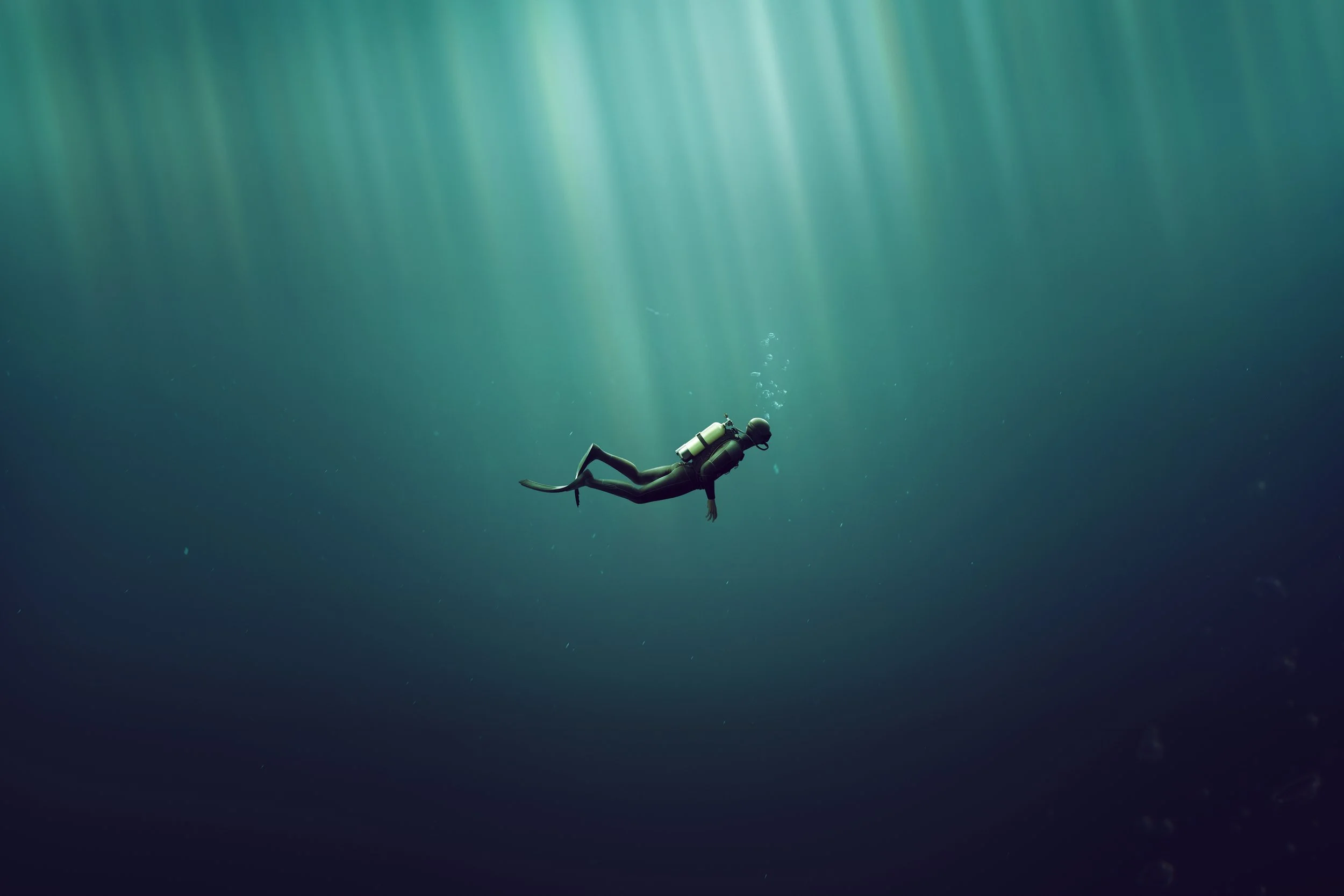
Stroke
A stroke is the loss of brain function due to a disturbance in the brain's blood supply. This disturbance is due to either ischemia (lack of blood flow) or hemorrhage (bleeding). As a result, the brain's affected area cannot function normally, resulting in weakness and numbness in one or more limbs on one side of the body, failure to understand or formulate speech, or a vision impairment of one side of the visual field.
Stroke causes disability. Treatments designed to recover lost function are termed stroke rehabilitation. Stroke rehabilitation should be started as quickly as possible and can last anywhere from a few days to over a year. Most of the function return occurs during the first few months. However, individuals can continue to improve for years, regaining and strengthening abilities like writing, walking, running, and talking. Daily rehabilitation exercises should continue to be part of the stroke patient's routine.
What we offer at Sleep and Brain
At Sleep and Brain, we conduct a detailed clinical history and specialized physical examination to evaluate if a sleep disorder is impacting your stroke recovery. We prudently assess for sleep disorders as exampled below:
Sleep-Disordered Breathing
Sleep-disordered breathing can follow a stroke due to an impairment of the brain's ability to control breathing during sleep. Obstructive sleep apnea is a physical collapse of the upper airway that interrupts breathing during sleep. Central sleep apnea occurs when your brain doesn't send proper signals to the muscles that control your breathing. Apnea reduces blood and oxygen flow to the brain, making it difficult to recover for those with a stroke.
Excessive Daytime Sleepiness
Strokes can lead to excessive daytime sleepiness, which in turn impairs neuropsychological and cognitive rehabilitation.
Insomnia
The brain injury can damage the neurotransmitters that regulate sleep or the neural networks that regulate sleep. Insomnia, defined as difficulty falling asleep, staying asleep, awakening too early, or non-restorative sleep, can be caused directly by brain trauma or indirectly by medication, anxiety, and depression.
Obstructive sleep apnea may predate or follow a stroke. We may recommend sensitive home sleep testing with peripheral arterial tonometry to quantify your sleep patterns and evaluate sleep-disordered breathing and sympathetic arousal frequency.
Laboratory sleep testing, performed in your home, may be necessary to evaluate additional sleep disorders such as central sleep apnea and excessive daytime sleepiness.
We offer sophisticated testing to elucidate areas of brain imbalance. A brain map can pinpoint which brain areas are hyperactive and hypoactive and assess which networks between brain areas are improperly functioning. Together, the data allows us to determine if the brain imbalances support a diagnosis of traumatic brain injury versus something else.
Understanding the cause of your sleep problems is essential to customize a treatment regime for both the sleep disorder and stroke recovery. Treating sleep problems may improve stroke recovery because, as mentioned, daytime sleepiness and low oxygen levels can impair rehabilitation. We direct treatment toward the sleep disorder as exampled below:
Removing the tonsils, expanding the palate, and starting CPAP can help disordered sleep symptoms.
Iron and dopamine deficiencies can cause RLS and PLMD. We treat RLS with iron supplements, medication, and non-medication therapies.
Identifying and eliminating the cause of awakenings from sleep
Utilizing light therapy to advance or delay your sleep cycle
In addition to treating an underlying sleep disorder, we institute robust sleep hygiene interventions, as partly described below, to make going to bed a pleasant experience and reduce insomnia:
Ensuring your bedroom environment is conducive to sleep
Eliminating sources of sleep interruption like light and noise
Optimizing your diet as food can promote and hinder sleep
Assessing your nighttime habits and rituals
Our scientifically-based cognitive-behavioral therapy for insomnia therapy is a rigorous, 4-week program is vital to treat insomnia.
A state of hyperarousal, frequently marked by worry, is a critical factor of insomnia. CBT-I reduces negative thoughts about going to bed, a type of anticipatory anxiety that challenges healthy sleep schedules. Even after falling asleep, you may awaken with anxiety in the middle of the night. CBT-I reorients negative thinking and helps you return to sleep when your mind races with worry. We also utilize relaxation techniques as part of our CBT-I to reduce anxiety and make it easier to fall asleep quickly and peacefully. Guided imagery, deep breathing, and mindfulness meditation are just a few approaches to putting your mind at ease and improving your sleep and anxiety.
Brain TMS has advanced to stroke recovery. A high neural activity supports the healing process after a stroke. Unfortunately, the damaged area receives suppressing signals from the healthy cerebral hemisphere, which is hyperactive due to compensation. TMS procedures usually indirectly support the neural functionality in the affected area by either inhibiting the overactive hemisphere or directly stimulating both hemispheres, synchronously activating the affected hemisphere. We personalize a TMS protocol based on your unique brain map.
Several medication classes mitigate post-stroke symptoms, including anti-anxiety drugs, antidepressants, and headache and sleep medications. We judiciously use medications.
Brain HBOT improves blood flow to damaged brain tissues. The infarct is the dead brain tissue that results from blood supply interruption. The penumbra is the viable tissue between the infarcted and non-impacted brain. The stroke victim's ability to recover using hyperbaric oxygen depends on the penumbra size, location, and condition. Severe brain infarctions also cause swelling, intensifying pressure on viable brain tissue. Hyperbaric oxygen therapy can improve motor functions and cognitive domains even in chronic-stage strokes.







